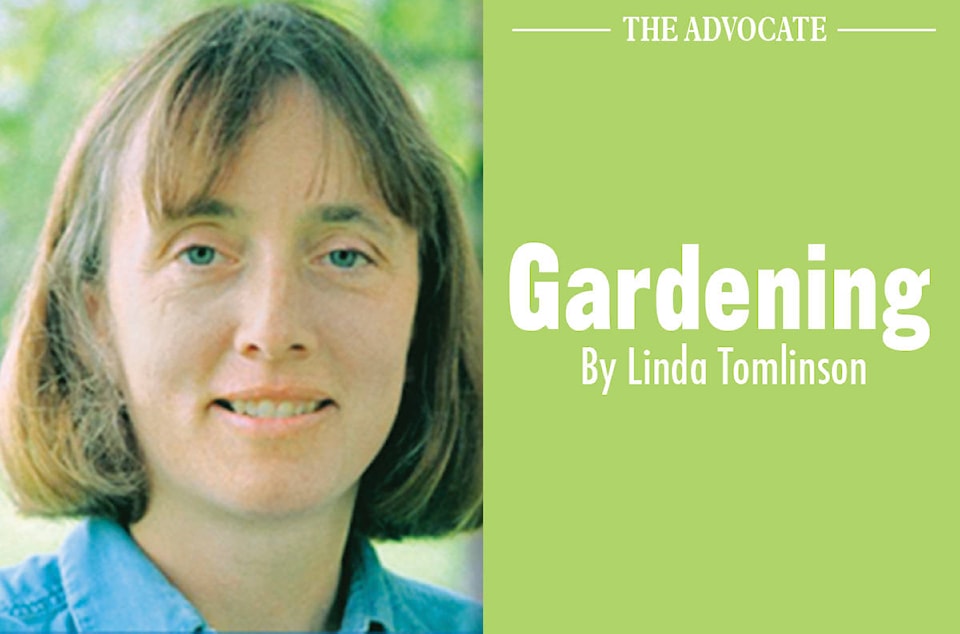August is a time to sit back and enjoy the last of the summer or like the ants, gather produce to keep through the winter, the choice is yours.
For the most part, perennials and annuals have grown close enough together that the weeds are nonresistant or they are hiding beneath other plants. If it requires moving, bending, trampling or pushing plants aside, to pull the weeds there is a good chance that more damage is done by weeding than leaving the weeds until after a good frost or the plants die back.
Pulling weeds from the vegetable garden is good as long as it doesn’t break off vegetables or pull them out. Always remove weeds that will slow the desired plants growth or harbour insects.
The only pruning that should be done at this time of year, is to remove diseased or dead material. Prune now and the plant will do its best to replace the branch that have been removed. Any new growth on trees and shrubs at this time of year will not be mature enough to make it through the winter months.
Beds without permanent borders can be edged. Cutting into the soil and separating the bed from the lawn makes it harder for grass and weeds to grow into the bed.
Seeds can be dried and saved. Choose seed from the strongest plants with the best flowers or fruits. If saving seed from hybridized plants know that they will not come true from seed. If the plant grew from an F2 seed, chances are that the plant from the seed will revert back to a variety that was deemed “not worth growing”
According to West Coast Gardener, fall planted garlic should be harvested when two thirds of the leaves have turned brown. Harvest earlier and the garlic will not have enough developed enough protective layers for the garlic to store well. Harvest later the garlic will not be at its best.
To harvest garlic dig carefully with a fork, loosening the soil, not pulling on the tops of the garlic plants. Lay garlic down in a single layer, in a warm area out of the direct sunlight and rain. Once the tops have all turned brown, remove all soil, trim the roots and cut the tops off approximately 3 inches (7.5 cm) from the bulb. Choose the largest bulbs to replant in September or October and place the others in a dry spot with good air circulation to eat.
For those that like fresh spinach late in the fall and early in the spring, plant seeds now. The seeds will germinate quickly and provide fresh greens until the temperature drops into the double digits or they plants are covered with snow. Given snow cover the plants will overwinter and start growing again in the spring.
For those that are gathering food and have questions about preserving it safely. Visit Atco’s Blue Flame Kitchen https://www.atcoblueflamekitchen.com/PDF-Guides/ The site contains instructions using the latest research on food safely. They also include many recipes that they use for their classes.
Research has shown that information on canning and pickling in many of the older cookbooks no longer relevant. Using these methods increases the chance of food born illness.
As for dehydrating food, https://nchfp.uga.edu/how/dry.html contains useful information or dehydration, storage and recipes.
https://extension.umn.edu/preserving-and-preparing/food-preservation-basics has information and videos on all the basics of food preserving food safely. Topics include: canning, freezing, dehydration, pickling, and fermenting
What all the references agree on is that one should choose the best quality fruit and vegetables to harvest and preserve. Spoiled or over ripe produce equals poor quality or spoilt preserves.
Whether you are a grasshopper or an ant, enjoy the last few weeks of summer.
Linda Tomlinson is a horticulturalist that lives near Rocky Mountain House. She can be reached at your_garden@hotmail.com
